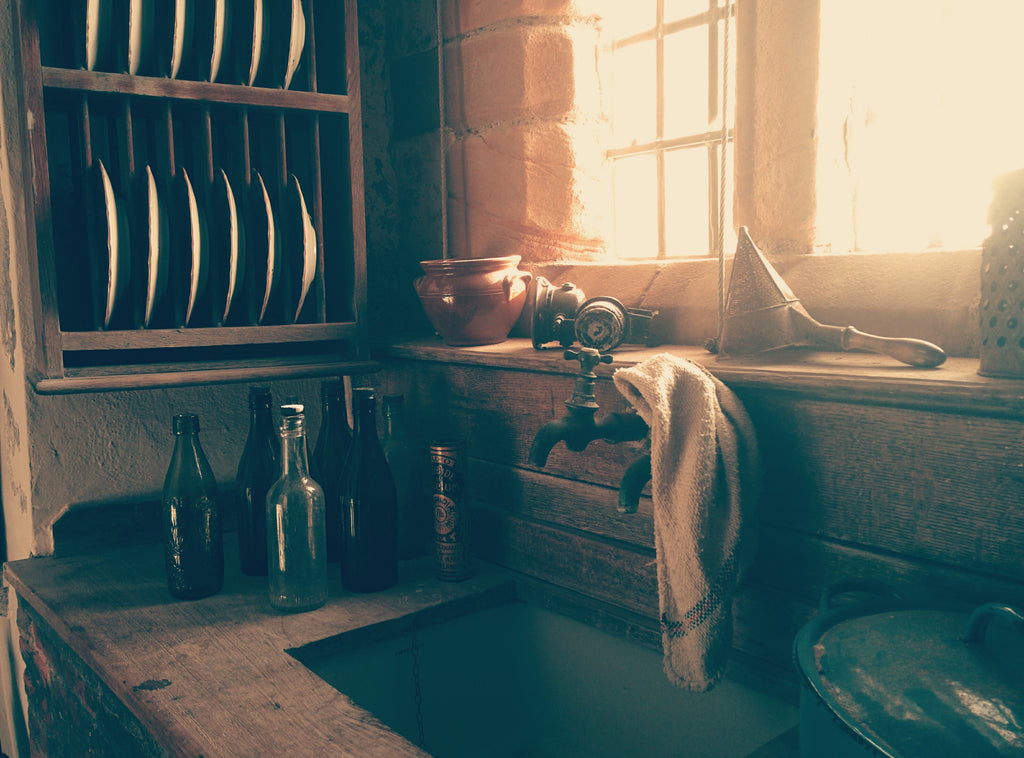In 1894, a paper was published which recommended that chlorine be added to public tap waters in order to kill germs and prevent disease. Just three years after it was proposed, the British town of Maidstone was the first ever municipality to treat all of its water with the disinfectant. Fast forward to present day and nearly all public water systems worldwide use chlorine and chloramine to disinfect their water supplies.
So, how do chlorine and chloramine kill germs and disinfect tap water?
Water naturally arrives to public supply systems from a variety of different sources. Among them are rivers, lakes, aqueducts, and wells, which can be contaminated with germs that can make people sick. In order to prevent illness, the water companies use chlorine or chloride to kill these disease-causing germs.
Is chlorine or chloramine in the tap water bad for one's health?
Water suppliers must carefully administer chlorine and/or chloramine to regulated levels. These levels have been predetermined by government agencies and are considered safe when within a specific concentration. Negative health consequences may arise if these determined concentrations are exceeded beyond the standard.
How do I remove chlorine and chloramine from the tap water?
Chlorine and chloramine can be removed from the tap water using a capable home filter. Our Aquagear filter pitcher can safely reduce chlorine and chloramine to nearly untraceable levels.
